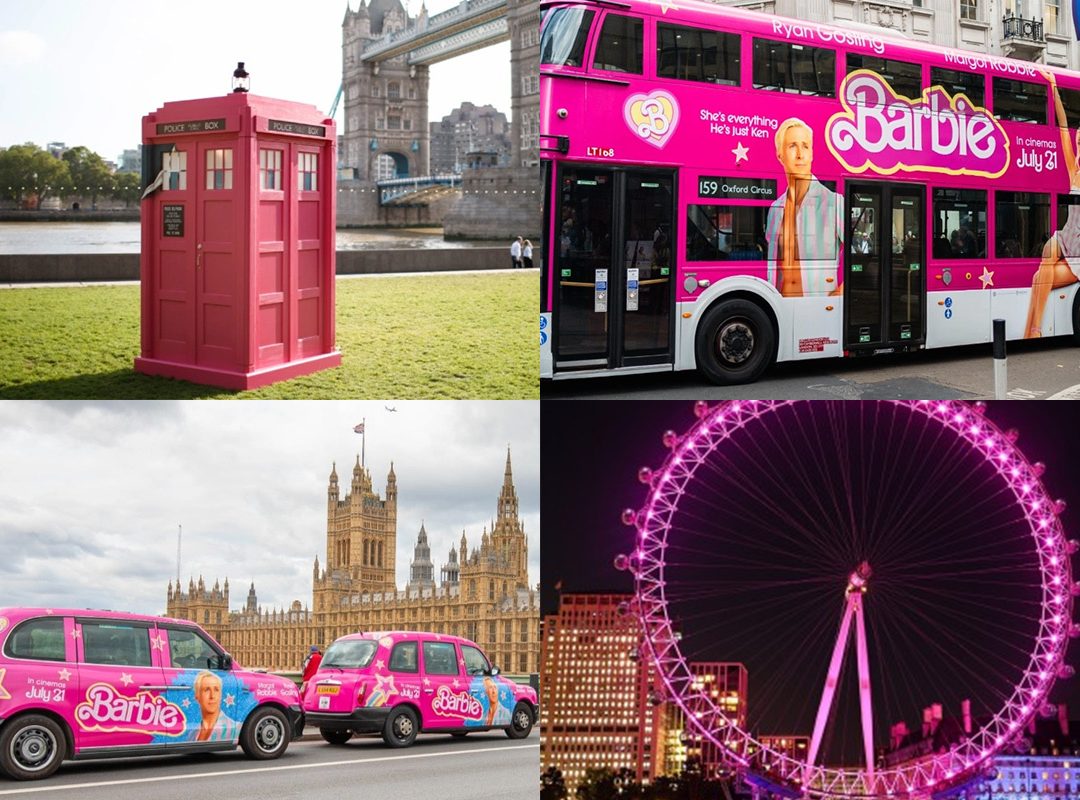In today’s attention economy, getting noticed is more challenging—and more valuable—than ever. Enter stunt publicity, a bold and often outrageous marketing tactic used to capture public attention, go viral, and generate media coverage without the usual ad spend.
From skydiving CEOs to guerrilla street theater, publicity stunts are designed to shock, surprise, or entertain the public while putting a brand front and center.
This guide breaks down the definition, strategy, benefits, and real-world examples of stunt publicity that made headlines—and sometimes history.
What Is Stunt Publicity?
Stunt publicity (or a publicity stunt) refers to a planned event or act, often unconventional or sensational, created specifically to attract media attention and generate buzz for a product, person, or organization.
Definition:A publicity stunt is a calculated performance or spectacle meant to gain press coverage, public interest, or viral exposure for promotional purposes.
Unlike traditional advertising, stunt publicity relies on spectacle, storytelling, and shareability.
Goals of a Publicity Stunt
- Maximize brand awareness
- Earn free media coverage (TV, press, online)
- Go viral on social media
- Engage customers and influencers
- Start conversations or controversies
Whether the goal is to sell, entertain, or provoke, successful stunt publicity grabs attention and refuses to let go.
How to Plan an Effective Stunt Publicity Campaign
Step 1: Clarify the Message
Your stunt should align with your brand and convey a clear message or theme.
Step 2: Choose the Right Audience & Location
Pick a place where your target audience gathers—digitally or physically.
Step 3: Create a “WOW” Factor
Use surprise, humor, shock, or emotion to get people talking.
Step 4: Prepare for Media Coverage
Send press releases, invite journalists, and prepare spokespersons in advance.
Step 5: Capture It on Video
The internet is the true amplifier—use video, hashtags, and social content to extend reach.
Step 6: Have a Backup Plan
Things can go wrong. Plan for crowd control, permits, tech issues, or backlash.
Real-Life Examples of Stunt Publicity That Worked
Red Bull Stratos (2012)
Red Bull sent Felix Baumgartner to the edge of space, where he jumped from 128,000 feet in a record-breaking skydive.
- Result: Over 8 million live YouTube viewers; massive brand association with “extreme energy.”
Iceland Foods’ Christmas Ad Ban (2018)
When their ad about rainforest destruction was banned from UK TV, Iceland turned it into a viral stunt by posting it on YouTube.
- Result: 70M+ views and massive online support—all without paying for air time.
Richard Branson’s Balloon Stunts
Virgin founder Richard Branson has pulled numerous PR stunts, including crossing the Atlantic in a hot air balloon branded with the Virgin logo.
- Result: Media coverage that positioned Virgin as daring and innovative.
When Stunt Publicity Backfires
Not all stunts are successful. Some cross ethical lines, misfire logistically, or cause backlash:
- Pepsi’s Kendall Jenner Ad (2017): Intended as a message of unity, it was criticized for trivializing social justice.
- Snapple’s Melting Popsicle (2005): A giant popsicle melted in NYC, flooding streets with sticky liquid and causing safety concerns.
Lesson: Be bold, but not careless. Consider potential legal, ethical, and social consequences.
Benefits of Stunt Publicity
BenefitDescriptionHigh ROIOne big stunt can outperform paid adsEarned MediaFree publicity through news and blogsBrand DifferentiationStands out in saturated marketsViral PotentialShareable content for social mediaEngagement SpikeGets people talking, tagging, and sharingPublicity Stunt vs. Guerrilla Marketing
While the terms are related, they aren’t identical:
FeaturePublicity StuntGuerrilla MarketingFocusMedia attention & press coverageConsumer engagement on the streetDurationOften one-time eventCan be ongoing or repeatedGoalGo viral, earn news mentionsSurprise and delight local audiencesA well-planned campaign can combine both strategies for maximum effect.
Conclusion
Stunt publicity isn’t for the timid—but when executed with creativity, strategy, and ethics, it can deliver unmatched attention and ROI. It’s a powerful way to tell your story, create buzz, and leave a lasting impression on audiences worldwide.
Whether you’re a startup trying to make headlines or an established brand looking to reignite excitement, the right stunt can transform your reach overnight.
FAQs
1. What is stunt publicity?
Stunt publicity is a planned spectacle or event designed to attract media attention and promote a brand or message.
2. Are publicity stunts effective?
Yes, when done right, they can generate viral content, increase brand awareness, and deliver high ROI.
3. What are examples of famous publicity stunts?
Red Bull’s space jump, Richard Branson’s balloon flights, and Iceland’s banned ad are all well-known stunts.
4. Can stunt publicity backfire?
Yes. Poorly executed or insensitive stunts can result in public backlash, legal issues, or reputational damage.
5. How do you create a successful publicity stunt?
Align with your brand, ensure legal compliance, plan logistics, target your audience, and use media strategically.

